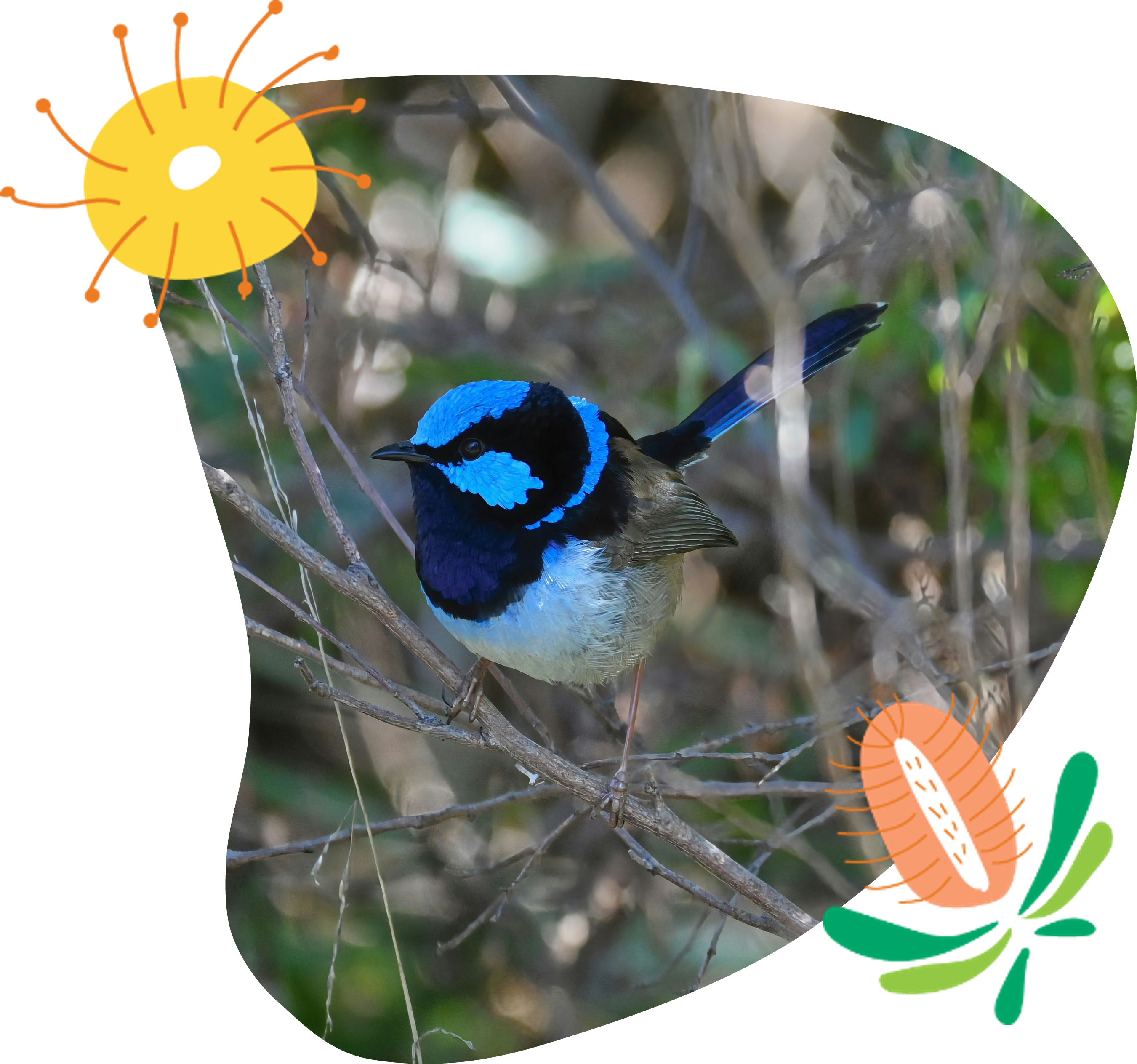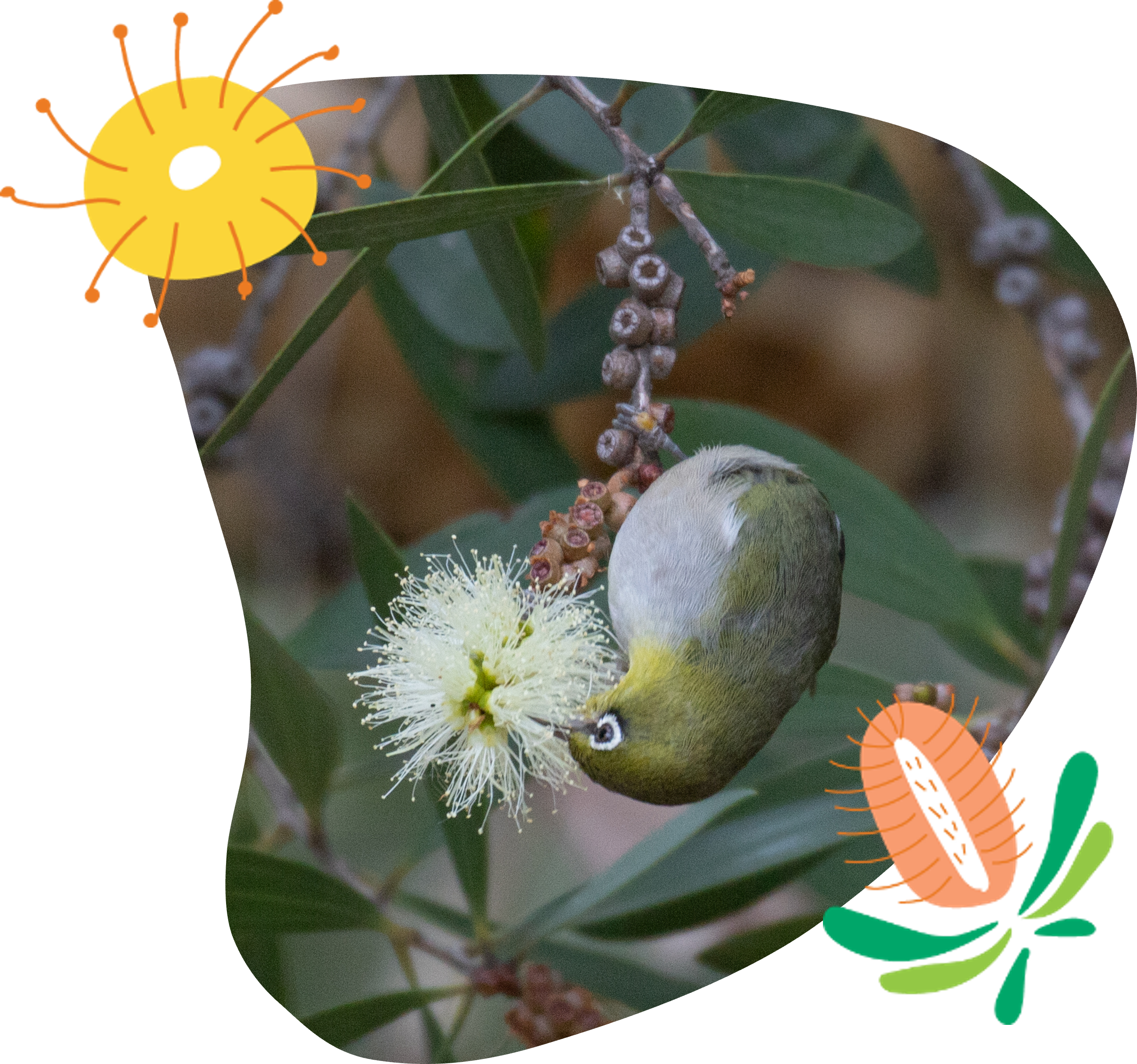Why monitor?
Monitoring your planting site is important as it will help you keep track of what’s growing and how well it’s growing, the impact that your revegetation is having on wildlife, and what can be done better in the future.
We recommend that you collect data on plant growth and survival rates and take “before” and “after” photos of your site. That way you can monitor progress and record changes at your planting site over time.
Some things that you can monitor include:
The growth rates of your plants over time.
The percentage of plants that survive one year after planting (normally about 70%).
Plant survival rates for your own propagated plants vs purchased seedlings.
The abundance of birds and butterflies at your planting site over time.
Please see here for instructions on how to monitor your planting site


Wildlife and Habitat Monitoring
Here are some fun activities to help your students learn about and monitor the wildlife at their planting site. You can also do these activities at your school or local park.
Habitat Level Up -understand the concept of habitat layers and be able to identify the different layers in a local
outdoor environment
It’s Log-ical – logs can become a wonderful micro-habitat for wildlife!
Lovely Leaf Litter – understand the role of leaf litter in the ecosystem and identify some of the animals that live
there.
Minibeast Safari Hunt – learn about insects and insect diversity.
What’s the Story with Understorey? – learn how biodiversity can vary in different habitats.
What’s that Bird? – learn about the amazing birds that live all around us.
Wildlife Detectives – learn about survey techniques for animals, and signs of animals within urban habitats.
